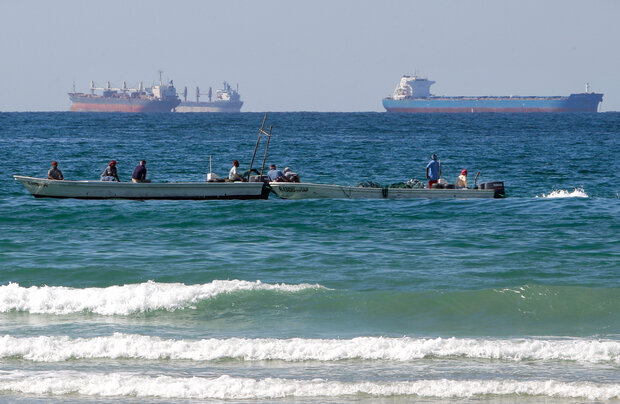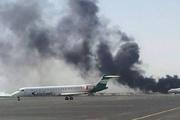Many analysts believe that the reason for this not-too-strong reaction is that the market’s nature has changed profoundly in the last few years and now other driving factors seem to play a more significant role in supporting the prices.
It seems that over time the market is more focused on long-term impacts and events, and going through several short-lived events in the past few years, oil traders have learned not to bet too much on such incidents.
For the time being, two major factors which are being closely monitored by the market are the US production and the global oil demand.
In recent years, US production has increased drastically so that the country has become the world’s top oil producer and one of the biggest exporters of the commodity. On the other hand, the global oil demand is easing following a slowdown in the world’s economic growth over concerns about the trade war between the United States and China, the world’s two largest economies.
Although the international benchmark Brent gained five percent this week, but market analysts seem to believe that the optimism regarding the outcomes of the upcoming meeting of the Organization of the Petroleum Exporting Countries (OPEC), and hopes for easing of trade tensions between the United States and China are also contributing to the increases in the oil prices beside the rising tensions between Iran and the US
Of course, the tensions in the region cannot be overlooked in addressing the factors which are affecting the oil market.
Since the oil tankers incidents in the Hormuz trait and the drone shot down, many Oil tanker companies have increased their charter rates due to concerns over the safety of their vessels.
According to the New York Times, over the last week, the prices reached about $28,000 a day for chartering the largest class of tankers. The insurance costs have also risen for shipping in the region have also risen.
However, even considering all the above-mentioned impacts of the rising tensions in the region, the surge in the US production can easily counterbalance the worries of any disruption of oil flows from the Persian Gulf region to the world.
The US is now one of the major suppliers of crude oil to Europe and even to Asia and higher shipping prices could be named as the only major factor which signifies the disruption of flows from Strait of Hormuz and it would likely do the most damage to Asian economies.
According to the United States Energy Information Administration, 76 percent of the crude oil that flowed out of the Persian Gulf through the Strait of Hormuz went to Asian markets like China, India and Japan.
However, we should bear in mind that many analysts and traders are well aware that a full cut-off of oil from the mentioned strait is almost impossible, and all the nations in the region would suffer in such a case.
So maybe the market perceives the recent turbulences only as short-term threats which are very unlikely to have a long-term impact on a market which is already on the verge of a potential oversupply due to the US production and end of cuts from OPEC+ group as well as the global economic slowdown.
MNA/TT























Your Comment